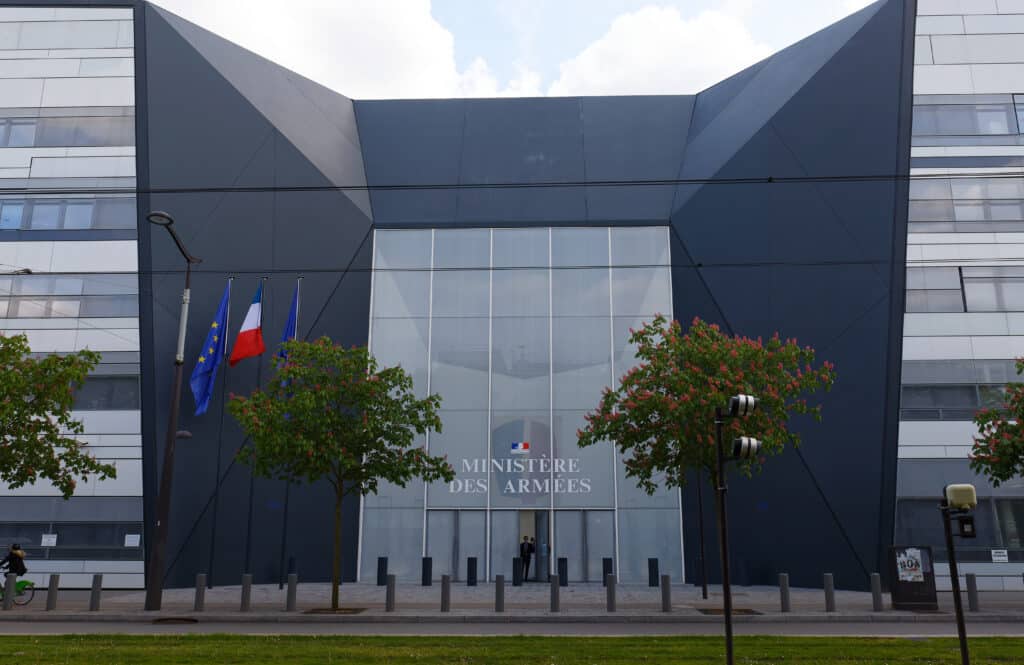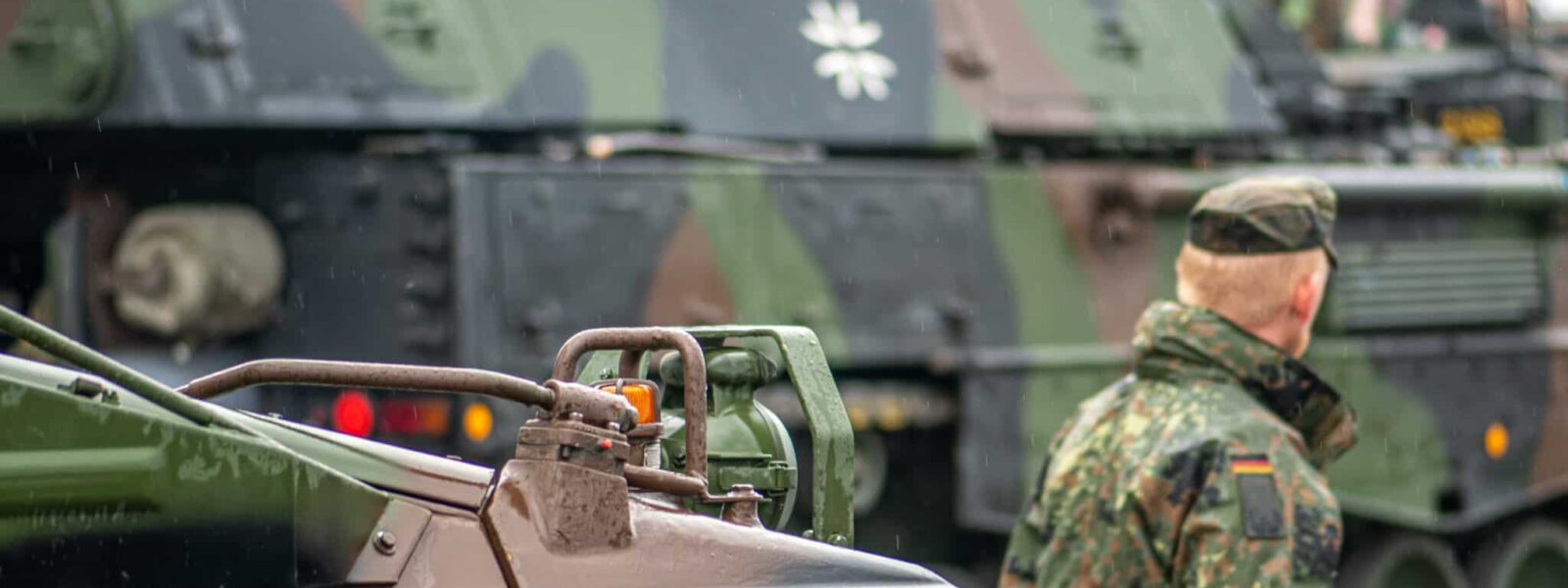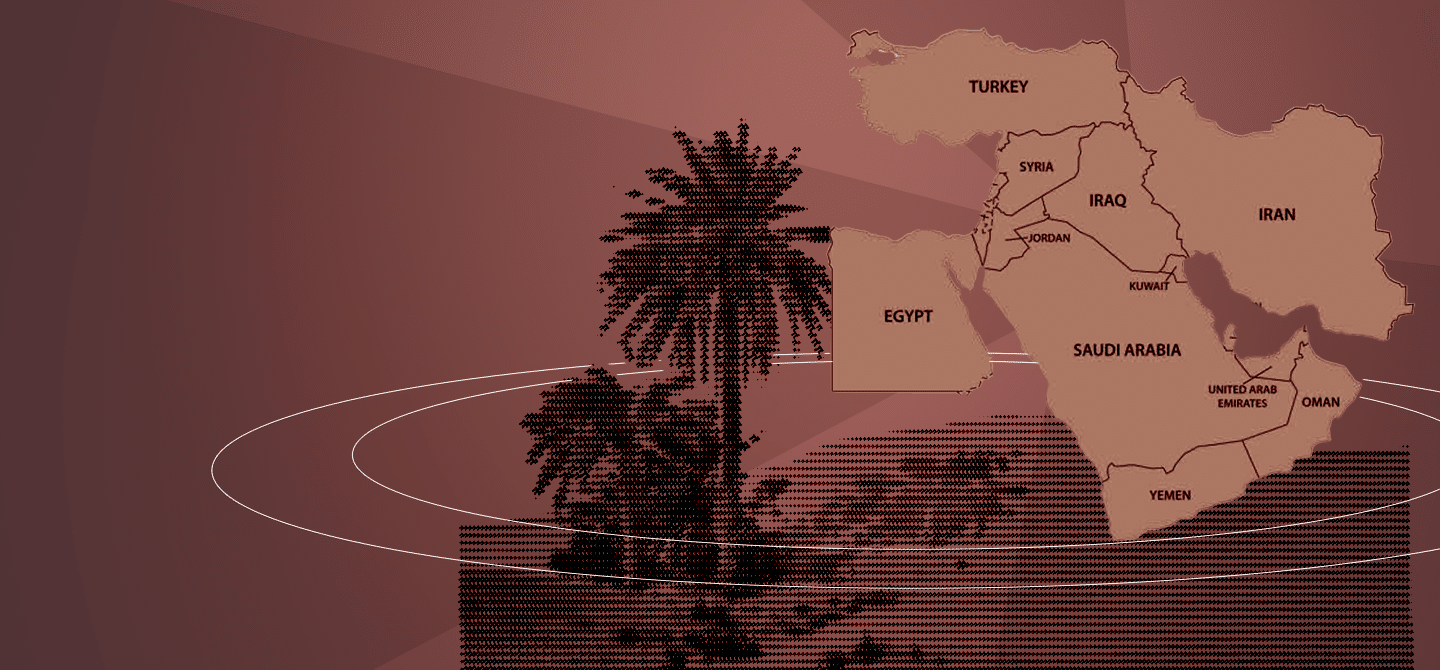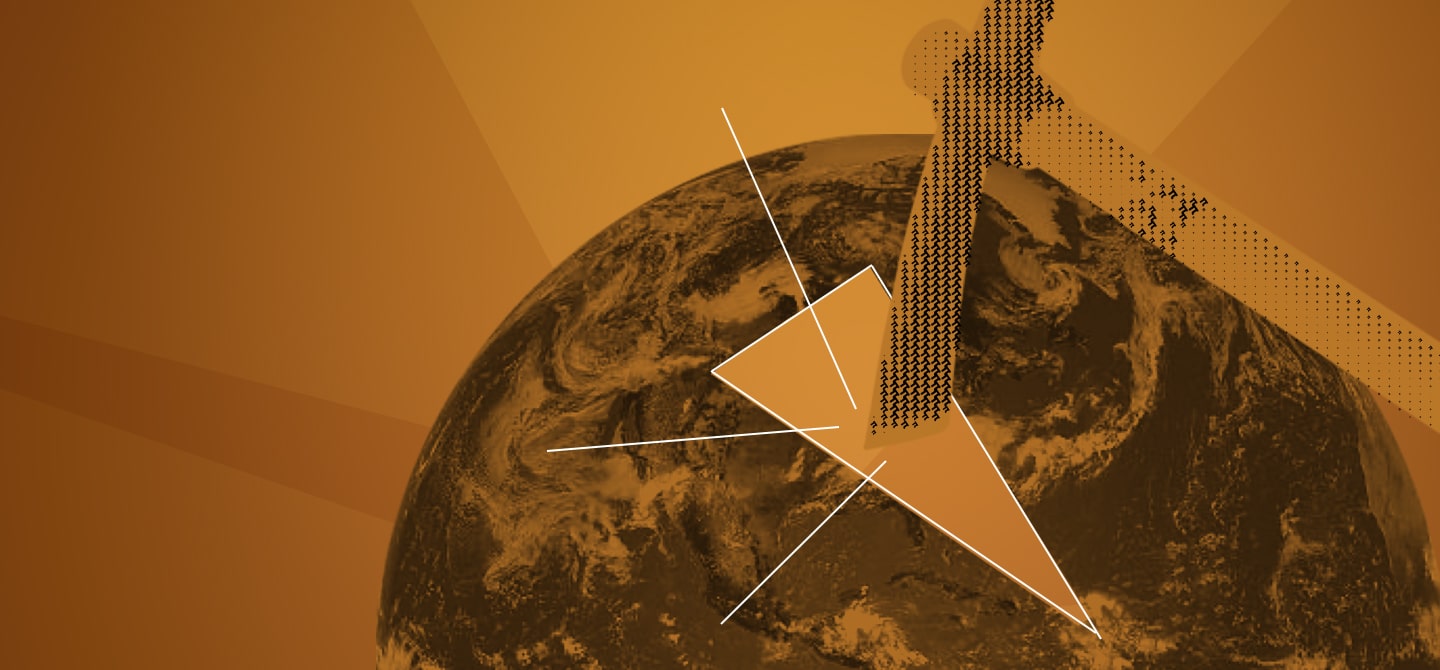Defence industry: how Europe is boosting production
- France, the United Kingdom, Germany, Italy, Spain and Sweden are the main European countries that design, produce and export arms.
- According to SIPRI, France ranks second in the world among arms exporting countries for the period from 2020 to 2024, with €18bn worth of orders in 2024.
- The emergence of new production hubs in eastern and south-eastern Europe illustrates the desire of states to maintain industrial and technological capabilities in strategic segments within their own territories.
- French defence companies are picking up pace, particularly manufacturers of artillery systems, medium and large-calibre ammunition, powders and explosives, etc.
- In March 2025, the European Commission presented a package of measures as part of the ReArm Europe plan, aimed at stimulating defence investment.
What are the European strengths and drivers in terms of defence equipment?
Hélène Masson. Military equipment and technology produced on European soil are diverse and form a relatively comprehensive supply offering: military aeronautics (combat aircraft, transport and mission aircraft, helicopters, engines), land armaments (heavy tanks, medium and light armoured vehicles, logistics vehicles and tactical trucks, artillery systems, ammunition of all calibres, combat equipment), naval defence (submarines and surface vessels), military space, missile systems (tactical and strategic) and defence electronics, ICT, cyber and autonomous systems (tactical drones in particular).
France, the United Kingdom, Germany, Italy, Spain and Sweden are the main European arms designers, producers and exporters. However, the Netherlands, Finland, Norway and Belgium also have industrial and technological capabilities in specific segments or in the supply of equipment and subsystems. This offering has expanded since Russia’s invasion of Ukraine, with a revival of the defence industry in Eastern Europe. The phenomenon is fuelled by strong national ambitions in Poland, Hungary, the Czech Republic, Slovakia, Romania and the Baltic States.
Is France the European leader in arms production?
According to SIPRI, France is the European leader and the world’s second largest arms exporter for the period 2020–2024. With €18bn in orders, 2024 will be the second highest year on record after 2022, when orders reached €27bn (compared to €8.2bn in 2023). Historically, French exports have been based on complex, high-end weapons systems, with sales driven by combat aircraft (Rafale), nuclear attack submarines (Barracuda), conventionally powered submarines (Scorpène) and, more recently, artillery systems (Caesar self-propelled howitzers) and missile systems (in particular Mistral and Aster).
French expertise in the field of nuclear deterrence is also widely recognised, even though it is limited to the domestic market. The French defence industrial and technological base is structured around a core group of industrial prime contractors, industry leaders (Dassault Aviation, Naval Group, the French branches of KNDS and MBDA, Airbus Defence & Space and Airbus Helicopters, ArianeGroup) and major systems integrators and equipment manufacturers (Thales, Safran). It includes a myriad of specialised SMEs and mid-cap companies, acting as subcontractors or suppliers of complete solutions, such as Eurenco in the field of powders and explosives, and Exail for naval robotics.
As each European country seeks to strengthen its own capabilities, is there a risk of fragmentation or intra-European competition?
The emergence of new regional production hubs in eastern and south-eastern Europe illustrates the desire of states that feel threatened to maintain industrial and technological capabilities on their national territory in segments considered strategic (armoured vehicles, weapons, ammunition, drones). While this development is intensifying intra-European competition, it is also opening up new opportunities for partnerships between companies on the old continent through inter-state and inter-industry cooperation in the field of armaments. This increase in capabilities and skills across Europe should enable states to rebuild their equipment and ammunition stocks more quickly, better meet Ukraine’s needs and, above all, be better prepared for the demands of a future high-intensity war.

Nevertheless, this sharp increase in demand on the European defence market is further whetting the appetites of competing companies in the United States, but also in Israel, South Korea and Turkey. To benefit from the size of the European market and resist these attacks, industrial consolidation will be necessary in sectors marked by historical fragmentation of supply (land, naval, combat aircraft), otherwise Europe will lose competitiveness and be relegated to the role of observer in the technological competition between the United States and China. Political will on the part of European manufacturing countries will be crucial in initiating these consolidations.
“Strengthening our armed forces as quickly as possible” is the objective announced by Emmanuel Macron on 5th March 2025. French industries had already stepped-up production at the start of the war in Ukraine. Is there still room for improvement?
The increase in production by French defence companies grew steadily throughout 2023 and especially in 2024. At the forefront are manufacturers of artillery systems, medium and large-calibre ammunition, powders and explosives, and missile systems (KNDS, Eurenco and MBDA in particular). Orders placed by the French government or European customers (or in anticipation of these contracts) have given manufacturers and their subcontractors greater visibility, enabling them to adapt their production tools (modernisation of workshops, new machine tools, recruitment and training of additional employees, building up stocks of parts and raw materials, relocation of facilities, etc.). This adaptation process, which is still ongoing, is based on a mix of financing: investments from own funds, public aid and, where applicable, European subsidies. There will always be room for improvement. This will depend on the level of orders and the availability of human, material and financial resources, but also on access to raw materials.
To increase production capacity, industries will need to be restructured, and certain production lines restarted. What challenges do these processes pose?
Unlike Ukraine, France is not at war, nor has it moved to a wartime economy, otherwise emergency measures, requisitions and priority production would be the order of the day. However, in terms of increasing production capacity, room for manoeuvre can be found in the attractive defence market and the difficulties faced by certain civilian sectors such as the automotive industry. The German example is a good illustration of this. Rheinmetall is redirecting part of its civilian production while offering Continental the opportunity to take on around 100 employees from a site that is being closed down. KNDS Deutschland is set to acquire a factory from the Alstom rail group. In France, Thales decided to shift the production of one of its plants specialising in SIM card manufacturing to electronic cards for fighter jets starting in 2023.
These reorientation processes can take a year or two, or even longer, depending on the level of technical expertise required. While SME subcontractors, which were hit hard by the Covid crisis, are now looking for a new lease of life in the defence sector, this diversification strategy requires financial resources, as there are many obstacles to overcome, including security and safety constraints, staff training, the acquisition of new machinery and order notification times.
Financing European production: is the “ReArm Europe” plan up to the task?
The difficulty lies in finding new financial flexibility when the economic and social context is strained in many European countries. In June 2025, NATO is expected to set ambitious targets for its members: a minimum of 3% of GDP spent on defence – still far from Donald Trump’s target of 5% – and 30% of that spent on equipment. In March 2025, the European Commission presented a package of measures as part of the “ReArm Europe/Preparation for 2030” plan, aimed at stimulating defence investment. It provides for the establishment of a new tool (SAFE) in the form of loans to Member States amounting to €150 billion. Member States are also invited to activate the national escape clause of the Stability and Growth Pact to increase their defence spending (up to 1.5% of GDP per year for a period of four years).
While not strictly speaking an €800bn plan, it nevertheless represents a powerful incentive to pool needs, make joint purchases and produce more in areas of capability deemed to be priorities. It paves the way for a paradigm shift towards faster, mass production through new manufacturing processes and simplified procurement procedures.















